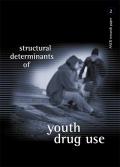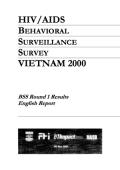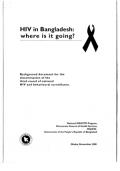Publications on People Who Inject Drugs (PWID)
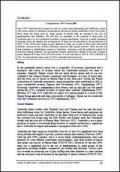
Resource | Publications,
Since 1997 Cambodia has increased its role as a major drug transmitting and trafficking country with recent reports of clandestine amphetamine laboratories being established on the Thai border. More drugs are being used by wider groups of people with an increase in the use of amphetamines and inhalants. We still have no estimates of the numbers of drug users in Cambodia and it is not considered a problem of great significance.
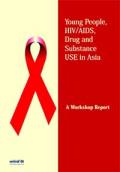
Resource | Publications,
The inter-regional workshop ‘Young people, HIV/ AIDS, Drug and Substance Use in Asia’ organized jointly by the UNICEF East Asia and the Pacific Regional Office (EAPRO) and the Regional Office for South Asia (ROSA), in collaboration with UNDCP Regional office for South Asia, took place in Kathmandu, Nepal, from 18 – 22 March 2002.
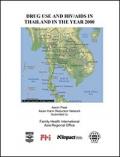
Resource | Publications,
In Thailand, estimates indicate that 984,000 persons have been infected since 1988 with HIV and that approximately 289,000 people have died of AIDS. Over 695,000 persons are now living with HIV. At the end of 1999, national HIV sentinel surveillance showed that prevalence had declined among Army conscripts, female direct/indirect sex workers, and pregnant women, but had increased among injecting drug users, from 39% in 1989 to 54.1% by June 1999.
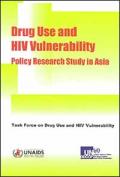
Resource | Publications,
Drug use and HIV vulnerability remain issues of great concern for many countries in Asia and the Pacific because surveys indicate that in some geographical areas more than sixty per cent of all injecting drug users are HIV- positive. In several Asian countries, injecting drug users represent the largest group of those who are HIV-positive.
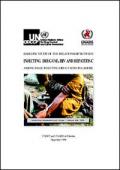
Resource | Publications,
A baseline study of injecting drug users (IDUs) in Lahore, undertaken in January and February, 1999, by UNDCP and UNAIDS, revealed an alarmingly high rate of infection by hepatitis C virus (HCV) among the study population. The study results suggest the potential for an even greater public health challenge in the form of an epidemic of human immunodeficiency virus (HIV) once the virus enters this highly vulnerable population.







